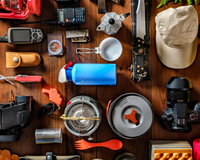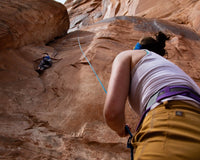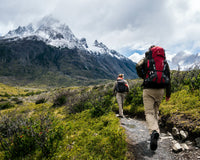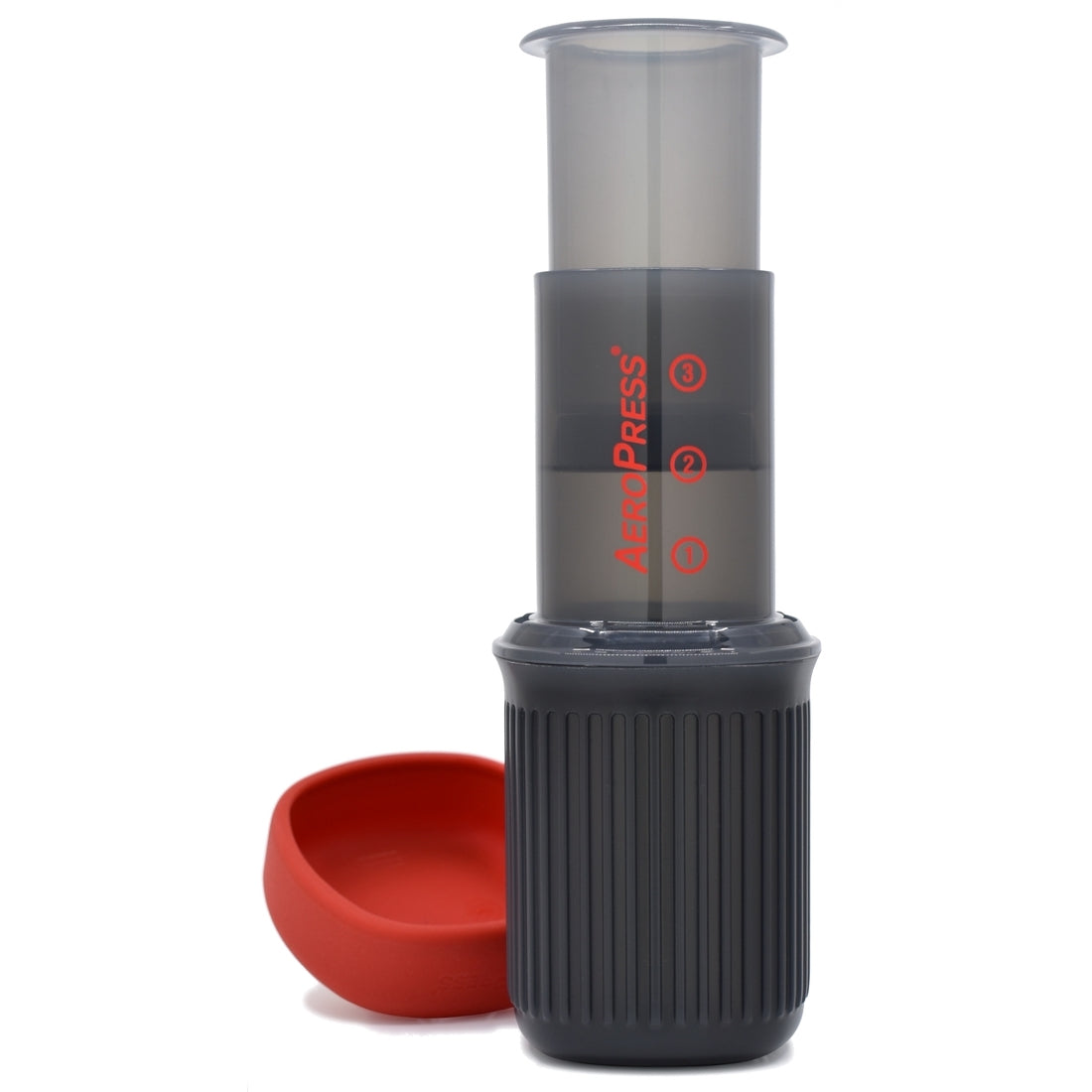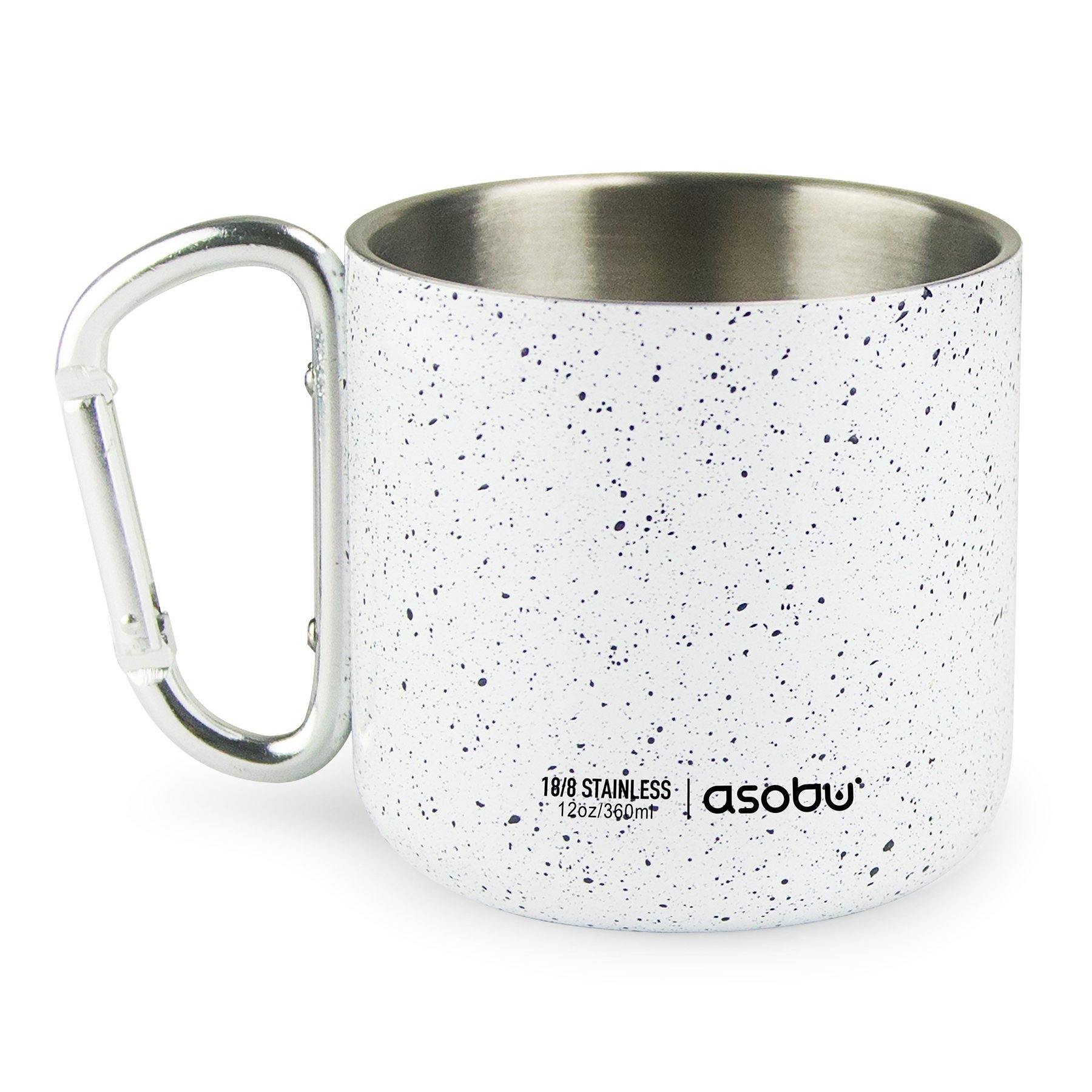Traveling light is a crucial aspect of backpacking, especially for long trips. The more you carry, the more difficult it becomes to move around and enjoy the experience. Carrying a heavy backpack can also lead to physical strain, making it challenging to hike for long hours. However, packing light can seem like a daunting task, especially if you're embarking on an extended backpacking trip. In this blog post, we'll explore some tips to help you pack light for long backpacking trips.
Choose the right backpack
Before you start packing, it's crucial to select the right backpack. Your backpack's size should match your trip's length and your physical capacity. The longer your trip, the larger your backpack should be, but remember that you'll still have to carry it around for extended periods. Additionally, consider the weight of the backpack itself; a heavy backpack will add more weight to your luggage.
Make a packing list
Create a list of items you'll need on your trip, starting with the essentials, such as clothing, toiletries, and first aid supplies. Only pack the items you need and avoid bringing too many clothes or bulky items. Additionally, research your destination's climate to help you pack appropriately.
Invest in lightweight gear
When selecting gear, opt for lightweight options that serve multiple purposes. For instance, instead of carrying a heavy sleeping bag, invest in a lightweight, compressible sleeping bag. Similarly, instead of packing multiple utensils and pots, opt for a lightweight, compact cooking set. By choosing lightweight gear, you'll reduce the overall weight of your backpack.
Use packing cubes or compression bags
Packing cubes and compression bags help maximize the space in your backpack while keeping your items organized. Roll your clothes and place them in packing cubes or compression bags to minimize their size. This technique also helps reduce wrinkles in your clothes.
Wear your heaviest items
Wear your heaviest clothes and shoes, such as hiking boots, on your travel days. This technique reduces the weight in your backpack and helps keep you comfortable during the journey.
Leave non-essential items at home
Avoid packing non-essential items, such as large books, electronics, and heavy camera equipment. Instead, opt for lightweight and compact items, such as e-readers and small cameras.
Pack Duct Tape
Another trick for packing light on long backpacking trips is to bring duct tape and use it to repair any damages to your gear or equipment. Duct tape is a versatile and multi-purpose tool that can fix almost anything, including your trekking poles.
To use duct tape on your trekking poles, start by cleaning the surface area where you want to apply the tape. Next, cut a strip of duct tape and wrap it around the damaged area, making sure to cover the damaged part entirely. You can also use duct tape to reinforce areas that are prone to wear and tear, such as the tips or joints of your trekking poles.
Duct tape is lightweight and doesn't take up much space in your backpack. It's also an affordable and practical solution for unexpected equipment damage. Bringing a small roll of duct tape on your backpacking trip can save you from having to carry extra gear or pay for costly repairs.
Packing light is essential for long backpacking trips, and it doesn't have to be a daunting task. By following these tips, you'll pack smarter and more efficiently, making your trip more enjoyable and comfortable. Remember to choose the right backpack, make a packing list, invest in lightweight gear, use packing cubes or compression bags, wear your heaviest items, and leave non-essential items at home. With these tips, you'll be ready for your next backpacking adventure in no time!
You may Also Enjoy:


